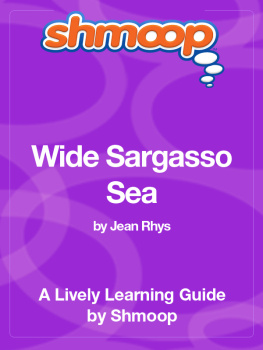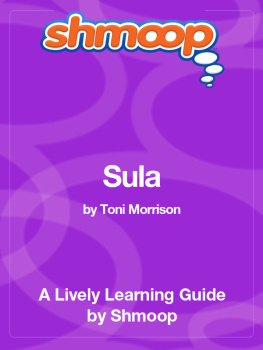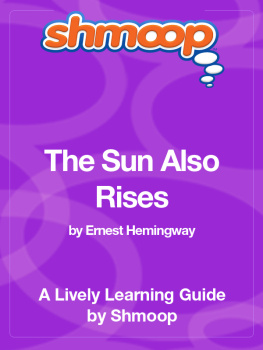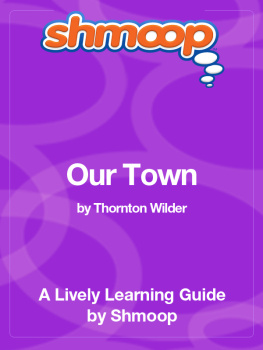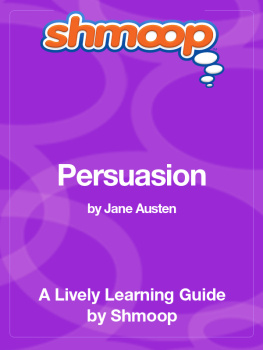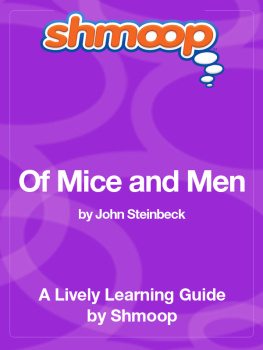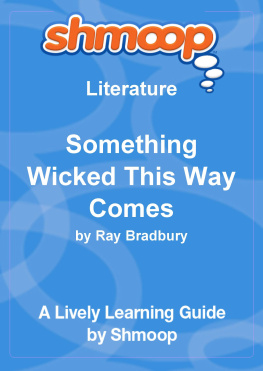
Table of Contents
In a Nutshell/Overview
Zombies! Black magic! Riots! Rum-soaked Caribbean honeymoon! Squishy bugs! Monkeys!
OK, so we were kidding about the monkeys, but all that other stuff? It's all in Jean Rhys's Wide Sargasso Sea, and it's widely considered a literary classic. How could this be, you ask?
Jean Rhys first read Charlotte Bront's Jane Eyre in 1907, when she arrived in England as a teenager. As a native of the Caribbean herself, she was "shocked" by Bront's portrayal of Bertha Mason, Rochester's Creole wife who was locked up in the attic (Rhys 1999: 144). Nearly fifty years later, Rhys turned the story of Bront's "madwoman in the attic" into a full-length novel, Wide Sargasso Sea, which pretty much established Rhys as one of the greatest novelists in the twentieth century.
Wide Sargasso Sea isn't just a prequel, but a significant re-writing of one of the classics of Victorian fiction. Instead of a shrieking specter, we get a psychologically nuanced portrayal of Antoinette (Bertha) Mason, a young white Creole girl coming of age in Jamaica while it was still a British colony. The Caribbean is no longer an exotic afterthought, but a vibrant locale described with an eye trained on its dense social, cultural, and historical landscape. The marriage of Antoinette and Rochester is no longer just a painful back-story, but a stage on which the sexes battle it out for emotional and economic control.
Wide Sargasso Sea also alters the historical setting of Jane Eyre by pushing the chronology up almost thirty years later in order to take advantage of another foundational moment in Jamaican history, the abolition of slavery in 1834. Setting the novel during this tumultuous period enables Rhys to situate the figure of the white Creole woman in the complex of shifting race relations under British colonial rule.
No wonder, then, that Wide Sargasso Sea isn't just a fascinating and entertaining story, but a work that has profoundly impacted the way that readers approach the "great books" of Western literature. The novel challenges us to read these texts critically for the untold stories of characters who are marginalized because they don't fit into the dominant paradigm of what a hero or heroine ought to be.
(Oh, and can you "get" Wide Sargasso Sea without having any idea what Jane Eyre is about? Absolutely. Can you love Jane Eyre and be seduced by Wide Sargasso Sea at the same time? Of course - many people do. The beauty of Wide Sargasso Sea is that it lets you have it both ways.)
Why Should I Care?
What do you get when Lost meets Mean Girls, sprinkled with a little Night of the Living Dead, Pirates of the Caribbean, and the three Star Wars prequels? Welcome to the world of Wide Sargasso Sea, with its blend of twisted romance and island mystery, occult magic and literary self-reference.
Let's start with Lost. An island where unexplained things happen, where conventional notions of space and time are turned inside out, where you're constantly threatened by "Others" whose intentions remain obscure, where there are constant allusions to literature and philosophy - sounds a lot like Rhys's Caribbean, doesn't it? It might be tough to see balding John Locke stirring up an obeah (or voodoo) potion la Christophine, but both are charismatic characters whose influence comes largely from their claim to know more about how the island operates than everyone else.
Judging by all the prequels out there, you could say that the pre-history of a story can be just as compelling as the story itself. Be it Hannibal Lecter or Indiana Jones, Wolverine, or Yoda, prequels offer the tempting possibility of understanding how a fascinating character works. When they really deliver, like Wide Sargasso Sea, they offer another way of enjoying your favorite tale.
But the novel doesn't just tap into some tried-and-true cultural motifs - it relates to some important contemporary social questions as well. Antoinette's struggles with her self-image and her sexuality speak to issues of body image, self-esteem, and even relationship violence that many people face at some point in their lives. And if you've ever been the victim of gossip, you know that even after the gossiper has apologized profusely and attempted to clear the air, the gossip is out there, part of the way the world looks at you whether you like it or not. The novel gets at the uncomfortable truth that words can hurt just as much as sticks and stones.
What's Up With the Title?
The title of the novel refers to the Sargasso Sea, a vast area of the northern Atlantic Ocean which is home to sargassum, a kind of seaweed. The Sargasso Sea is legendary for being an oceanic black hole, where ships get ensnared by huge forests of floating seaweed, or drift helplessly when the wind ceases to blow.
The title invites the reader to consider how the characters can be thought of as trapped in their own Sargasso Seas. They may be suspended in the murky passage between two worlds, between England and Jamaica, for example, or between racial identities, as Antoinette struggles with her white Creole heritage. But the terrors of the Sargasso Sea are also largely mythical, the product of sailor lore rather than historical or scientific fact. By linking itself to this mythical tradition, the novel asks the reader to consider the role of stories and fictions in the characters' lives, particularly when it comes to encountering experiences that are foreign, alien, and strange.
What's Up With the Ending?
To answer this question, we first have to figure out what the ending
isn't. It is certainly true that
Wide Sargasso Sea is a kind of prequel to Charlotte Bront's Jane Eyre. (For more on the
Jane Eyre connection, see "In A Nutshell.") But we can't take for granted that what holds true for
Jane Eyre holds true for
Wide Sargasso Sea as well. Thus, while in
Jane Eyre, Antoinette (called Bertha in
Jane Eyre) sets Thornfield Hall on fire and leaps to her death, in
Wide Sargasso Sea we never actually see Antoinette doing any of this
except in her dream. In fact, the novel's last lines are ambiguous:
Now at last I know why I was brought here and what I have to do. There must have been a draught for the flame flickered and I thought it was out. But I shielded it with my hand and it burned up again to light me along the dark passage. It is certainly possible that Antoinette will set fire to Thornfield Hall, but this becomes only one possibility among others. For "passage," the very last word of the novel, asks us to consider all of the different ways that Antoinette is passing from one state to another - physically, certainly, but psychologically, culturally, even politically as well.
Does Antoinette's appeal to black characters such as Tia and Christophine in her dream imply that she rejects her white Creole identity for a black Caribbean one, symbolized by her setting the house on fire just as the black rioters did to Coulibri earlier in the novel? Then why not show her actually doing this? Why keep it in a dream?
Or is the "passage" a passage into selfhood, a way of recovering from the psychological trauma that troubled her from childhood and into adulthood with her relationship with Rochester? As Part III progresses, she transitions from having no knowledge of who she is to remembering everything. Thus the fact that she has dreamed her dream for the last time, a dream that incorporates scenes from her entire life, could be a way of overcoming a life-long, self-destructive pattern of behavior.

